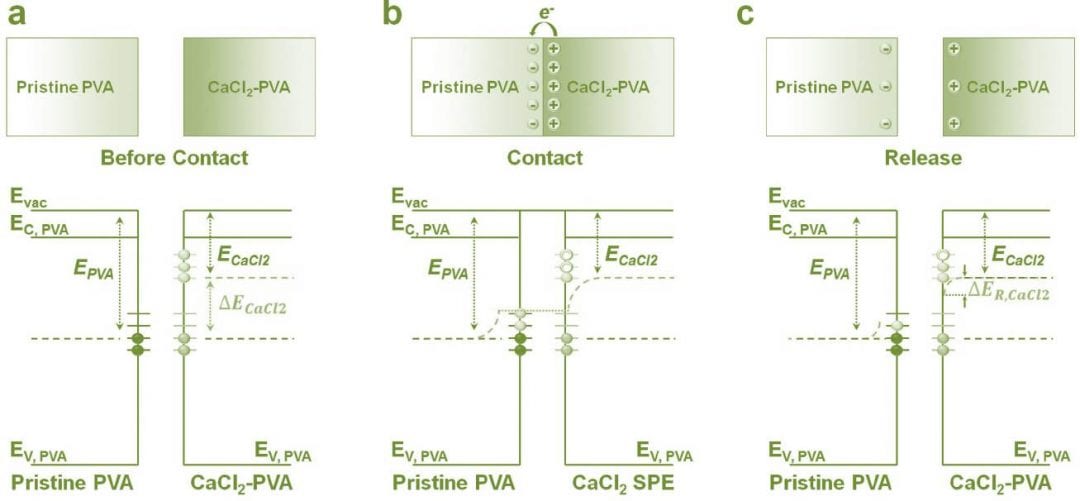Lambert Alff and his team from Darmstadt University of Technology (TU Darmstadt) in Germany, along with their collaborators, propose a novel unified model for hafnium-oxide resistive random access memory (RRAM) based on the role of oxygen vacancy defects.




















